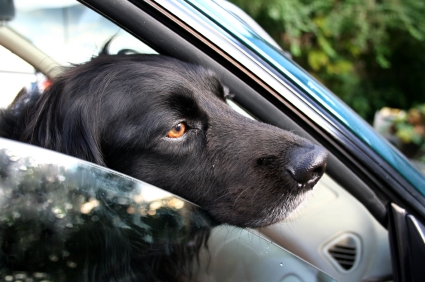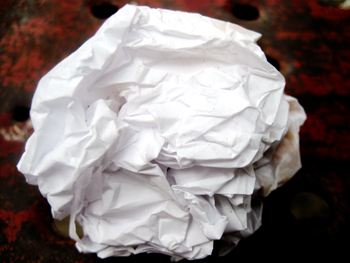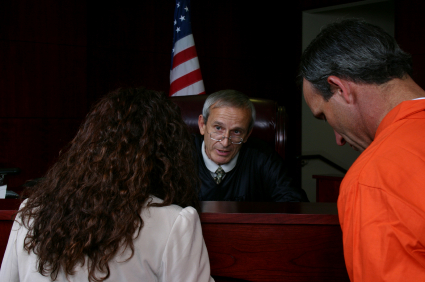 Here in Wisconsin, spring had finally sprung, and warm weather is just around the corner…or so we hope—as little as two weeks ago, parts of Wisconsin were receiving 9 inches of snow, and as recently as last night, temperatures were still dipping below the freezing point. Maybe that’s why an article about heat, specifically the accumulation of heat, caught my attention while I was browsing the scientific literature recently.
Here in Wisconsin, spring had finally sprung, and warm weather is just around the corner…or so we hope—as little as two weeks ago, parts of Wisconsin were receiving 9 inches of snow, and as recently as last night, temperatures were still dipping below the freezing point. Maybe that’s why an article about heat, specifically the accumulation of heat, caught my attention while I was browsing the scientific literature recently.
Everyone knows that the internal temperature of a parked car can be significantly hotter than the external air temperature, especially on a sunny day. However, authors of a recent article in Forensic Science International quantified that temperature difference under various conditions and presented a mathematical model to predict temperature variations in a parked car based on solar radiation, vehicle orientation with respect to the sun, external air temperature and other factors (1).
Continue reading “Hot, Hotter, Too Hot”







